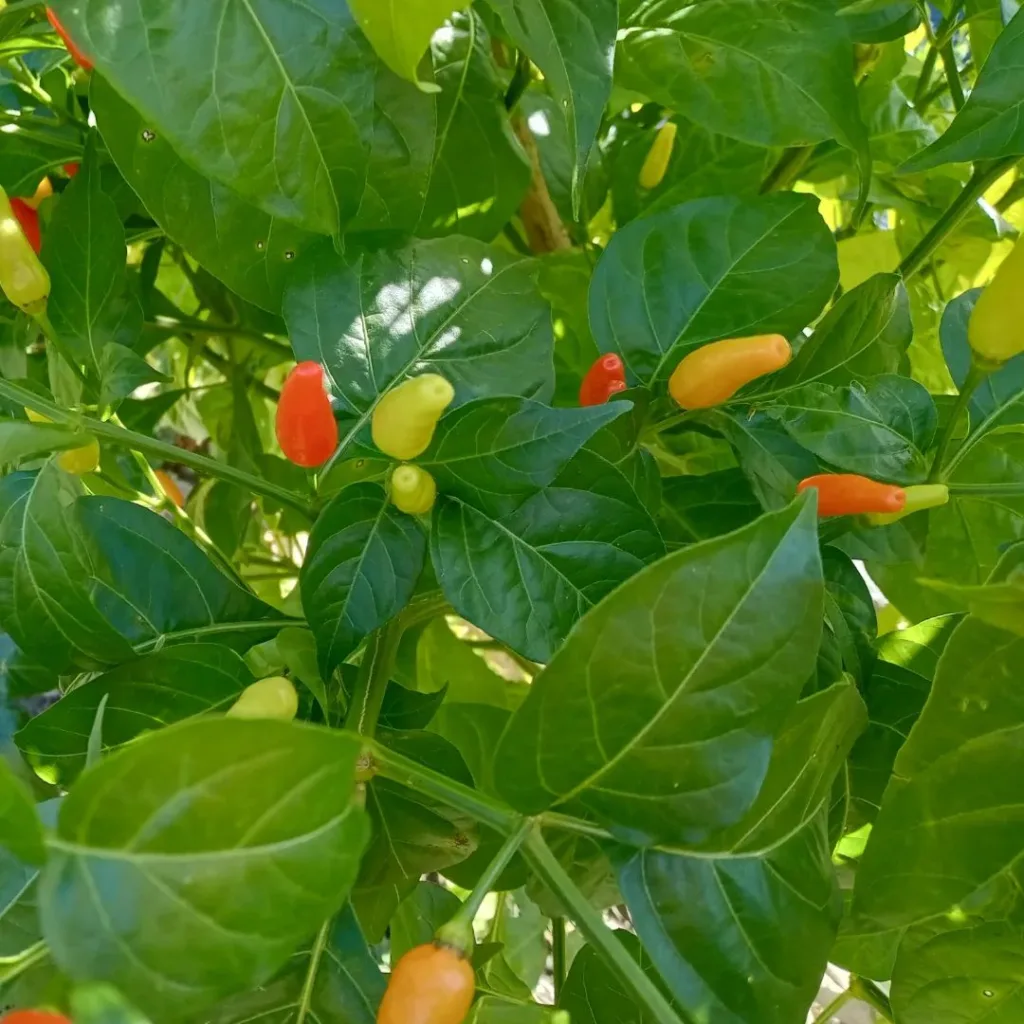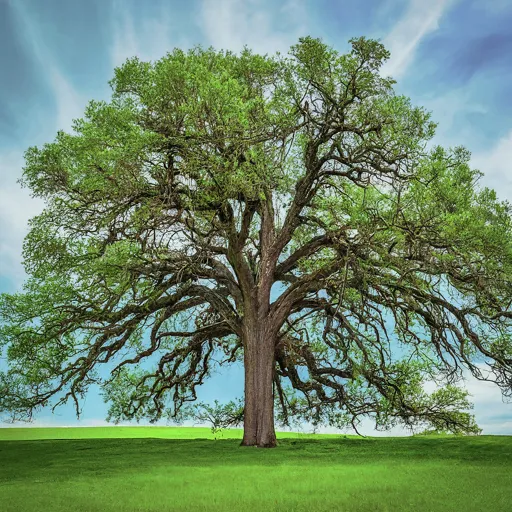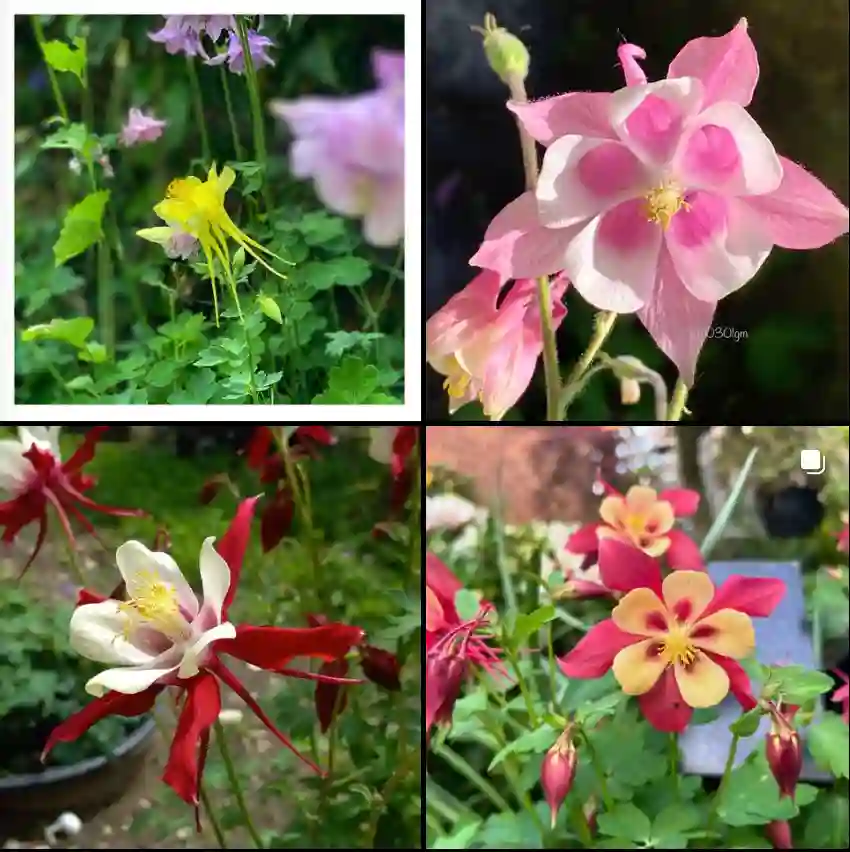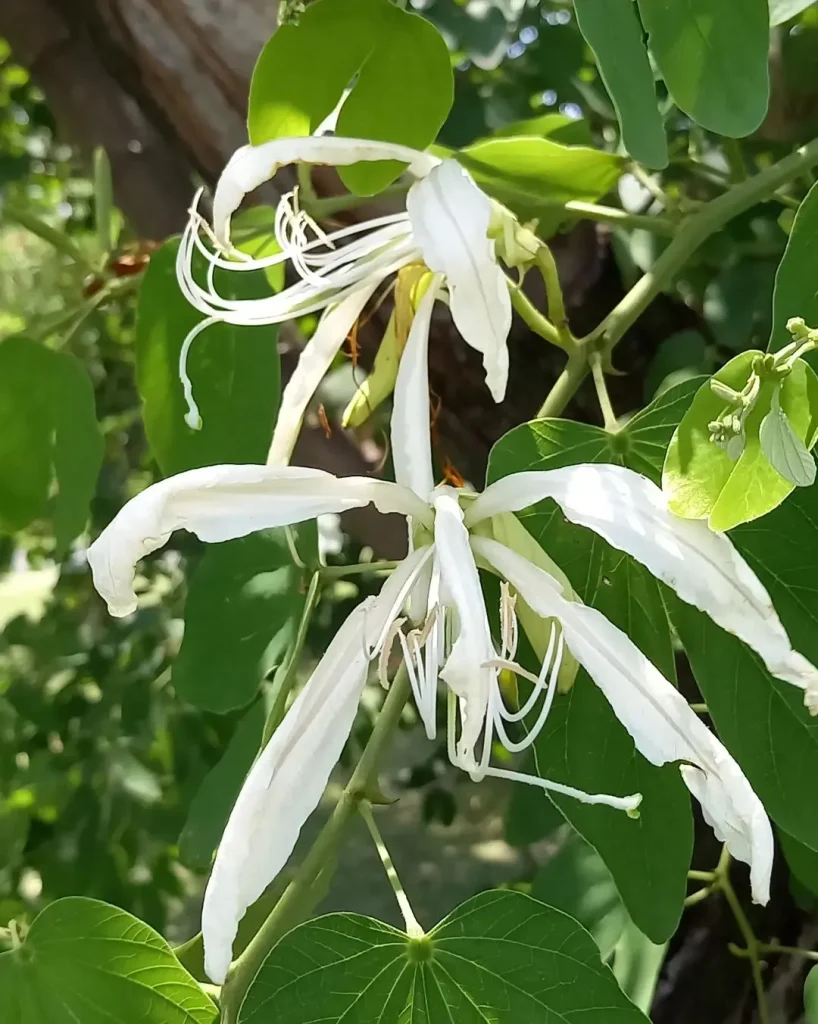Connaraceae: A Plant Family Unveiled
I’ve always been fascinated by the diversity of life on Earth, and as a botanist, I’m especially drawn to the world of plants. Today, I’d like to share my insights into a fascinating plant family known as Connaraceae. This family, though perhaps not as well-known as some others, holds a unique place in the tapestry of botanical life.
The Connaraceae Family: An Overview
Connaraceae, often referred to as the zebrawood family, is a group of flowering plants predominantly found in tropical regions. They are known for their woody vines, shrubs, and trees, often with compound leaves and distinctive inflorescences. The family’s name derives from the genus Connarus, which in turn comes from the Greek word “konnaros,” meaning “wild plum.”
Genera Within Connaraceae
Connaraceae boasts a diverse array of genera, each with its unique characteristics and ecological roles. Here are genera within this family:
- Connarus: This genus, the namesake of the family, comprises a variety of lianas, shrubs, and trees. They are known for their compound leaves, often with a serrated margin, and their small, fragrant flowers.
- Rourea: This genus encompasses a range of woody vines and shrubs. Their leaves are typically compound, and their flowers are often arranged in panicles.
- Cnestidium: This genus is characterized by its climbing shrubs and lianas. They have compound leaves and small, inconspicuous flowers.
- Agelaea: This genus comprises woody vines and lianas. They are known for their compound leaves and their small, often greenish flowers.
- Burttia: A monotypic genus represented by Burttia prunoides, a tree species native to Madagascar with medicinal and timber uses.
- Cnestis: A genus of tropical vines and lianas characterized by their unique fruits with winged seeds, often used in traditional medicine.
- Ellipanthus: A genus of rainforest trees with distinctive large leaves and fruits, some species valued for their timber and medicinal properties.
- Hemandradenia: A small genus of climbing shrubs native to tropical America, known for their showy inflorescences and ornamental value.
- Jollydora: A genus comprising a single species, Jollydora duparquetiana, a tree native to West Africa with edible fruits and potential medicinal uses.
- Manotes: A genus of shrubs and small trees found in tropical Africa and Madagascar, some species used in traditional medicine and as fish poisons.
- Pseudoconnarus: A genus of shrubs and small trees native to tropical America, closely related to Connarus but distinguished by its floral morphology.
- Vismianthus: A genus of trees and shrubs native to Southeast Asia, known for their unique fruits with persistent calyx lobes and potential medicinal applications.
Ecological Significance of Connaraceae
The Connaraceae family plays a vital role in the ecosystems they inhabit. Their woody vines and shrubs provide structural support and habitat for a variety of organisms. Their flowers attract pollinators, such as bees and butterflies, while their fruits serve as a food source for birds and other animals. Additionally, some species within this family have medicinal properties and are used in traditional medicine.
Conservation Concerns
Despite their ecological importance, many species within the Connaraceae family are facing conservation challenges. Habitat loss due to deforestation and land conversion poses a significant threat. Overexploitation for timber and medicinal purposes is also a concern. It’s crucial to raise awareness about the importance of conserving these plants and their habitats to ensure their continued existence.
Research and Future Directions
Connaraceae remains a fascinating subject for botanical research. There’s still much to be discovered about the taxonomy, evolution, and ecological roles of these plants. Ongoing research is focused on understanding their phylogenetic relationships, identifying new species, and exploring their potential uses in medicine and other fields.
Conclusion
The Connaraceae family, with its diverse array of genera and ecological significance, is a testament to the wonders of the plant kingdom. As a botanist, I find it endlessly fascinating to delve into the intricacies of this family and uncover its secrets. I hope this article has shed some light on the unique characteristics and importance of Connaraceae and inspired others to appreciate the beauty and complexity of the natural world.
Remember: The conservation of Connaraceae and other plant families is crucial for maintaining the biodiversity of our planet. Let’s all do our part to protect these valuable resources for future generations.
If i die, water my plants!



